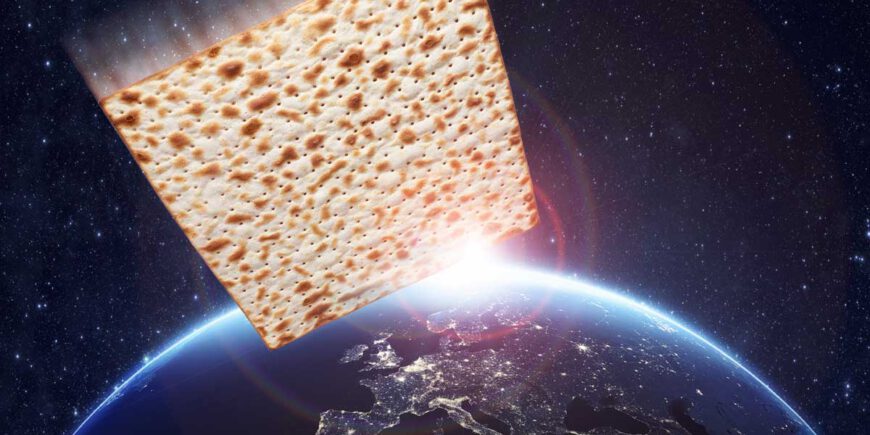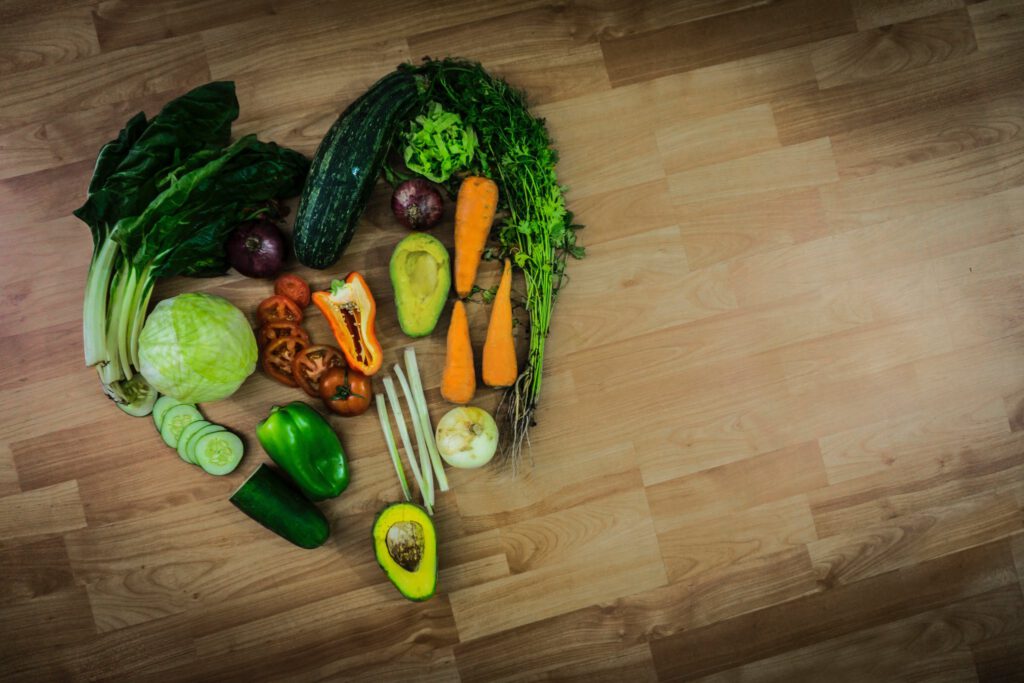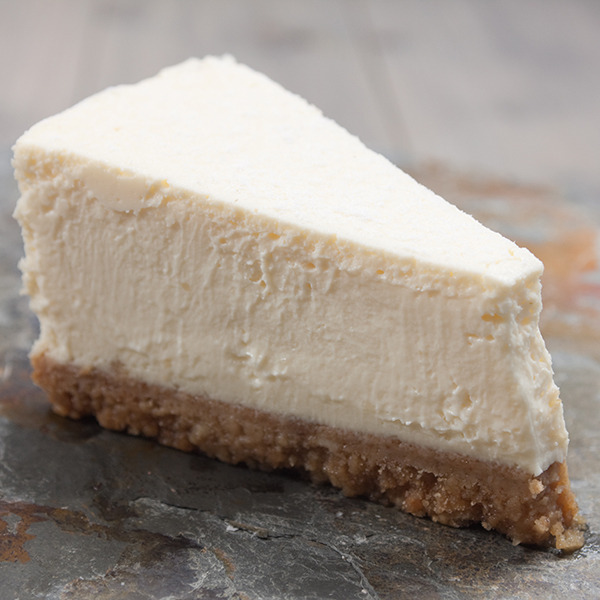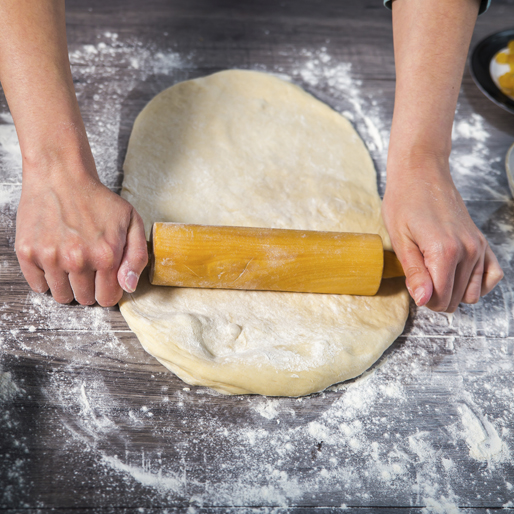Matzo, matza, matzah – whatever you call it, you can’t help but love its crispy, flame-baked goodness. We call it Matzo, with a capital ‘M’, because it’s such an important part of our family.
With Passover creeping ever closer, we thought we’d pay tribute to the mighty Matzo by endowing you with some useful knowledge about the humble cracker.
Barack Obama was the first American President to observe the Seder of Passover and eat Matzo at the White House.
When making Matzo, the moment the water touches the flour, the mixture must be kneaded, rolled and baked within 18 minutes, otherwise it will rise and won’t become a real unleavened (meaning, dough that hasn’t risen) Matzo.
The 18-minute rule is taken so seriously that in 2001, Israel’s Interior Ministry even conducted raids on local restaurants to make sure they weren’t serving leavened Matzo during Passover.
In 2008, Joey Chestnut, a competitive-eater, ate 78 matzo balls in eight minutes.
When inside the oven, Matzo dough is never baked below 600 degrees.
Originally, Matzos were rounded and made by hand in temple, but advances in industrial technology meant that they had to became square, just like ours at Rakusen’s.
A Frenchman named Isaac Singer invented an industrial machine capable of rolling Matzo dough en masse in 1838. This cut production time and enabled mass production.
Thanks to Singer’s machine a huge row erupted over the tradition of Matzo production. One Rabbi, Solomun Kluger, published an impassioned declaration against the square, machine made Matzos, whilst his brother-in-law, Rabbi Joseph Saul Nathanson, wrote an equally emotional retort in defense of those that were industrially produced.
The largest Matzo ball ever produced weighed a whopping 121 KG. It took 1000 eggs and 36 KG of margarine to make!
Each Matzo has approximately 800 holes that help stop the dough from rising; you’d get pita bread if you didn’t include the holes.




